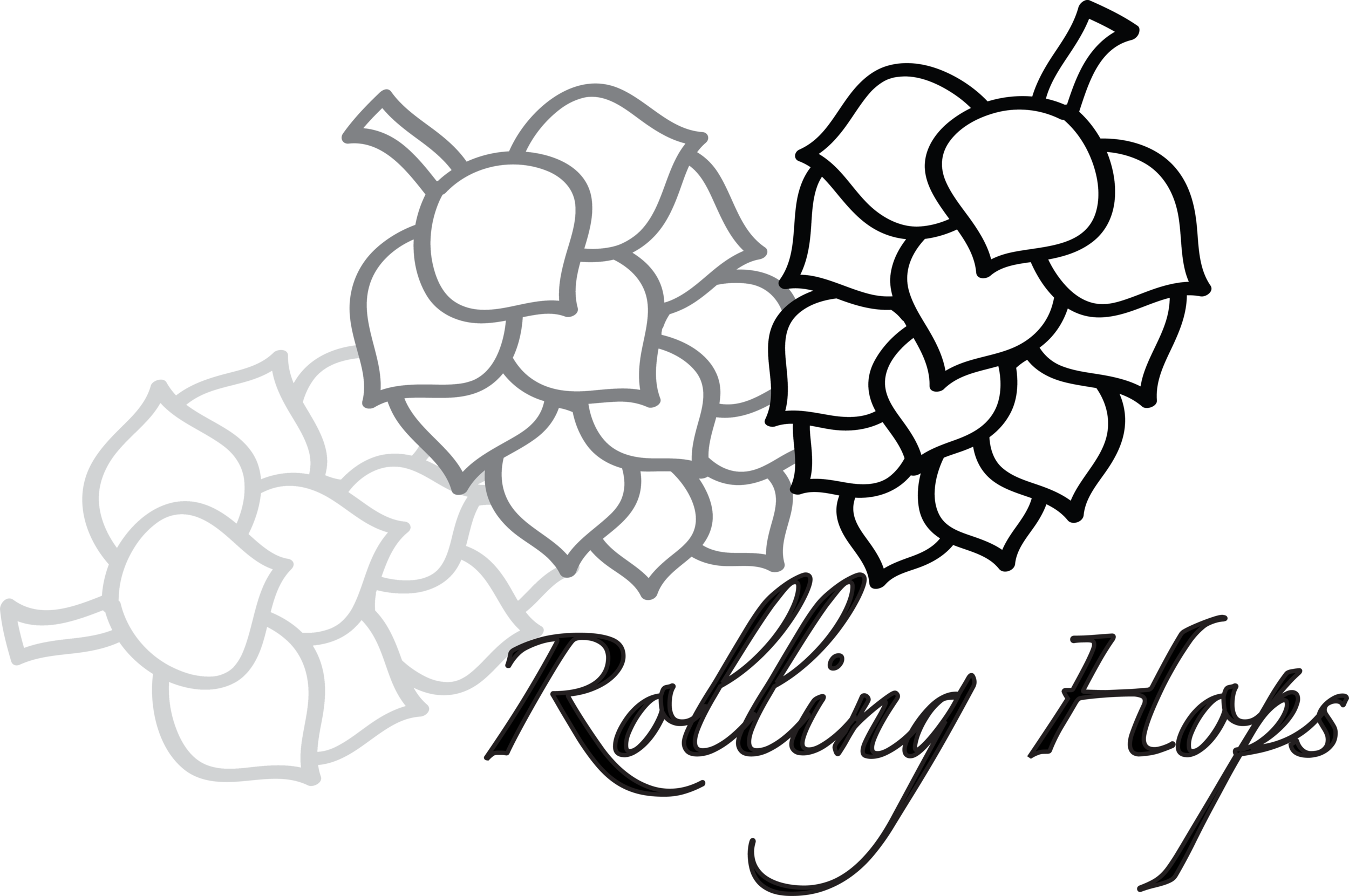A Nation of Beer: Czech Republic
Who drinks the most beer in the world? When we ask this simple question, we usually get a multitude of answers, one being the logical answer of: China. And yes, in complete quantity, China, with its colossal population certainly takes the cake. But in terms of per capita consumption, the prize goes to the true beer enthusiasts of Europe: the Czech Republic. In 2019, the average adult Czech citizen consumed more than 188 litres of beer; for perspective that’s about 530 beer cans.
Czech nationals of today have a boisterous relationship with beer, but where did this come from and how did it begin? Similar to the vast historic connections beer has had with Germany and Belgium (outlined in episodes 2 and 3 of our series), it’s widely believed that the early beer production in what we know today as the Czech Republic, was conducted in Christian monasteries. The oldest recorded brewery known today was Břevnov Monastery brewery, founded in 993 AD. It still exists to this day and can be found in the Czech Republic’s thriving romantic capital city: Prague.
Since the beginning of the 21st century up until 2021, the Czech Republic has grown from having close to 60 breweries to over 400. Many of these smaller breweries and brewpubs can be found in the historic region of Bohemia, with cities that include (cheske Budeyovitza) České Budějovice, Pilsen, and Prague.
České Budějovice (cheske Budeyovitza) has an interesting relationship to beer, with an interesting contemporary affinity. We know that brewing has been part of the city’s culture for at least eight hundred years. Since its inception as a theatre for civilization, the European continent has shifted its borders countless times. For centuries, parts of what we know today as Western Bohemia were under German control. Curiously, the German name for (cheske Budeyovitza) České Budějovice, is Budweis; ring any beer bells? It doesn’t take a masterful detective to logically surmise that the world famous brewing behemoth Budweiser must be from this Bohemian city. Unfortunately, the story is a little more complicated. For this prized possession of the multinational drink and brewing company, AB InBev, has its origins far across the pond in St. Louis, Missouri. If you’re a beer enthusiast in Europe, you may also be familiar with Budweiser Budvar Brewery, which IS in fact located in the old city of Budweis, now (cheske Budeyovitza) České Budějovice. The two competing brewing companies have butted heads in the last two centuries over copyright disputes; would the real Budweiser please stand up? This is why in many parts of Europe one will find American beer labeled as “Bud” rather than Budweiser. The name “Budweiser” is also known as the particular style of beer, native to the city of (cheske Budeyovitza) České Budějovice. Knowledge of this pale lager style is globally overshadowed by the gigantic American brewing company.
Moving further north in the extraordinary Bohemian region of the Czech Republic, one can find the city of Pilsen. This particular location in mid-nineteenth century Bohemia, would come to birth one of the most popular styles of beer in the world. This beer, aptly named for the city itself, is known today as the Pilsner. The credit can be given to Bavarian brewer Josef Groll, brought into the city of Pilsen to develop a brewery that catered to the growing demand of bottom fermenting beers (or lagers). Groll’s creation was the Pilsner beer, the world’s first light coloured lager beer ever brewed. With the increased production of rail transportation, this particular style travelled quickly around Europe and eventually the world. This particular style of lager is synonymous with global macro-brewing culture in the 20th and 21st centuries all across the globe. Not a bad legacy for the medium-sized Bohemian city of Pilsen.
And let us not forget the Czech Republic’s capital city of Prague. In addition to its claim of having the oldest brewery in the country, one must not forget it’s contemporary scene of thriving urban breweries. With over 40 breweries and brewpubs, one could spend a month in hop-filled bliss exploring the gothic romantic streets of the Czech capital. And if one finds themselves in Prague during the month of May, it would be a tragedy to miss the Czech Beer Festival which typically spans a fun-filled 17 day period and serves as the largest beer festival in the country. Prague leads the way, serving as the nation’s helm bringing the nation’s strong beer culture back into existence, as it suffered somewhat of a suppression under commusit rule from 1948 to 1989.
Today, beer tourism, consumption and exportation make up a wide portion of the Czech Republic’s economic engine. In 2018, almost seventy thousand jobs were connected to beer with a total production level at 21 million hectolitres, keeping the country in the top ten beer producing nations in Europe. The larger urban centres of the Czech Republic are also following the craft beer trends found across the world. One can expect to see and taste a wide selection of global beer styles in new trendy contemporary craft breweries, creating an enjoyable environment that mixes old with new.
Craft beer is here!


